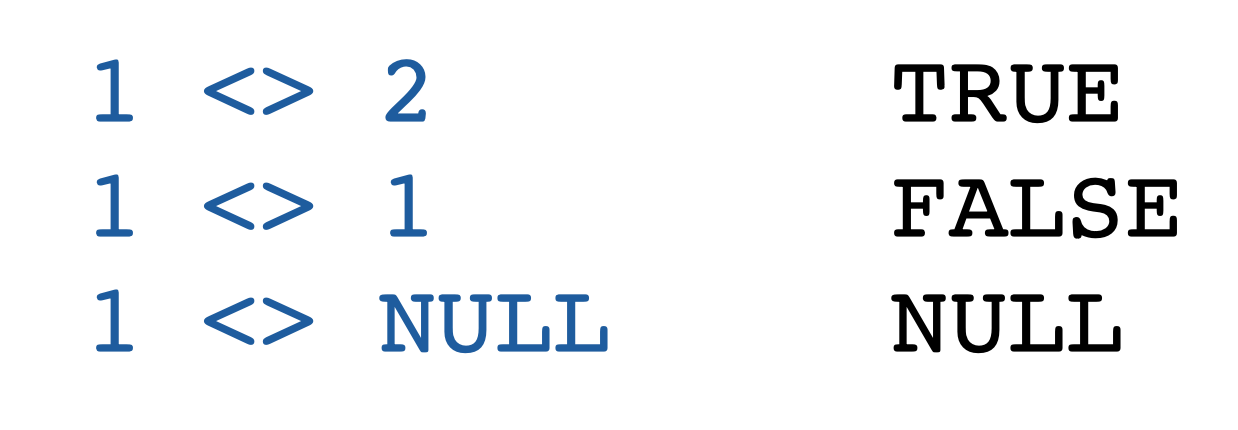Contents
What Is Not Equal in SQL
The SQL Not Equal operator belongs to the group of comparison operators which means it can be used to compare expressions. In this case, an expression is a combination of symbols that has a single data value. It can be variables, constants, columns or scalar functions.
As SQL Not Equal is a binary operator, it cannot be used to compare more than two expressions at once.

- Easy to use with a learn-by-doing approach
- Offers quality content
- Gamified in-browser coding experience
- The price matches the quality
- Suitable for learners ranging from beginner to advanced
- Free certificates of completion
- Focused on data science skills
- Flexible learning timetable

- Simplistic design (no unnecessary information)
- High-quality courses (even the free ones)
- Variety of features
- Nanodegree programs
- Suitable for enterprises
- Paid Certificates of completion

- A wide range of learning programs
- University-level courses
- Easy to navigate
- Verified certificates
- Free learning track available
- University-level courses
- Suitable for enterprises
- Verified certificates of completion
Return Values of SQL Not Equal
SQL Not Equal is a boolean operator. That means its return value can be either True (if one expression in SQL does not equal the other) or False (if the expressions are equal).
If either of the expressions has a NULL value, the SQL Not Equal will also return Null:

Two Types of Syntax for Not Equal
There are two ways to write the SQL Not Equal operator:
exp <> exp
exp != expBoth of them achieve the same result. However, we recommend you to use the first type of syntax, as it complies with the ISO standard, while the second one does not.
 HTML
HTML  CSS
CSS  PHP
PHP  JavaScript
JavaScript  SQL
SQL  Bootstrap
Bootstrap  Solidity
Solidity  jQuery
jQuery  Git
Git  Chrome DevTools
Chrome DevTools  C++
C++  Python
Python 



